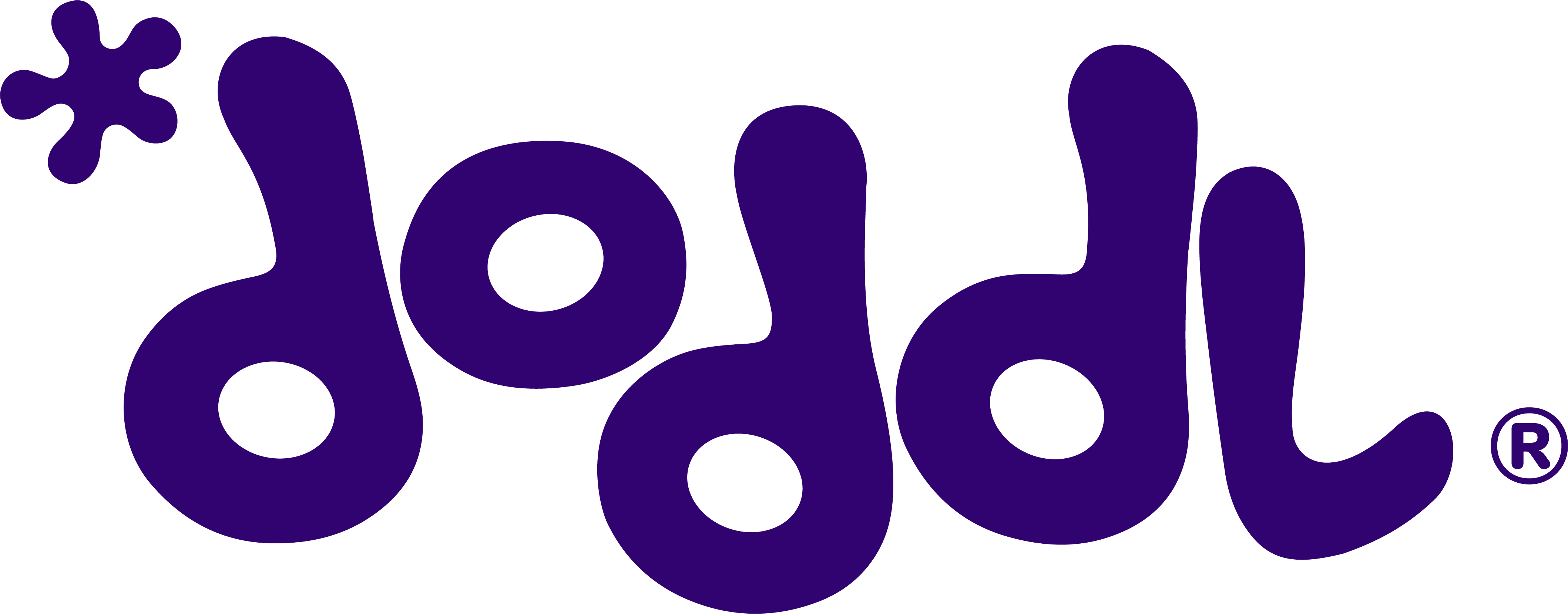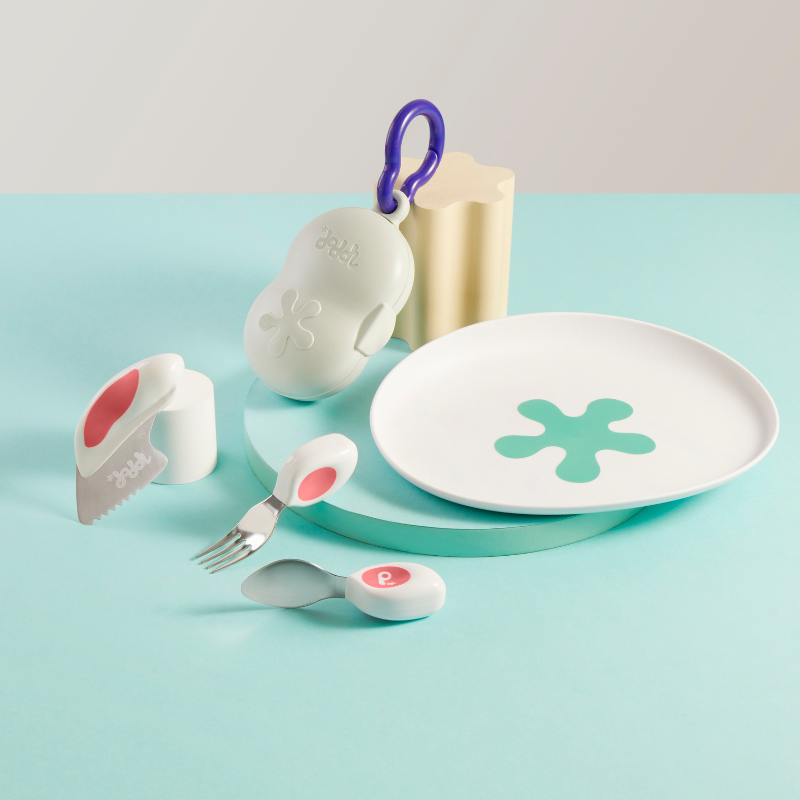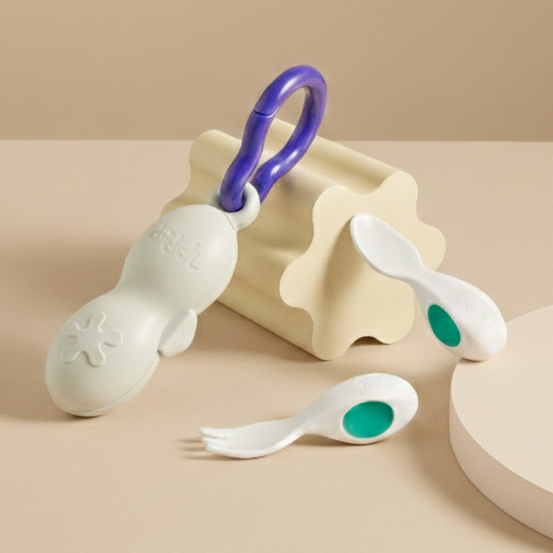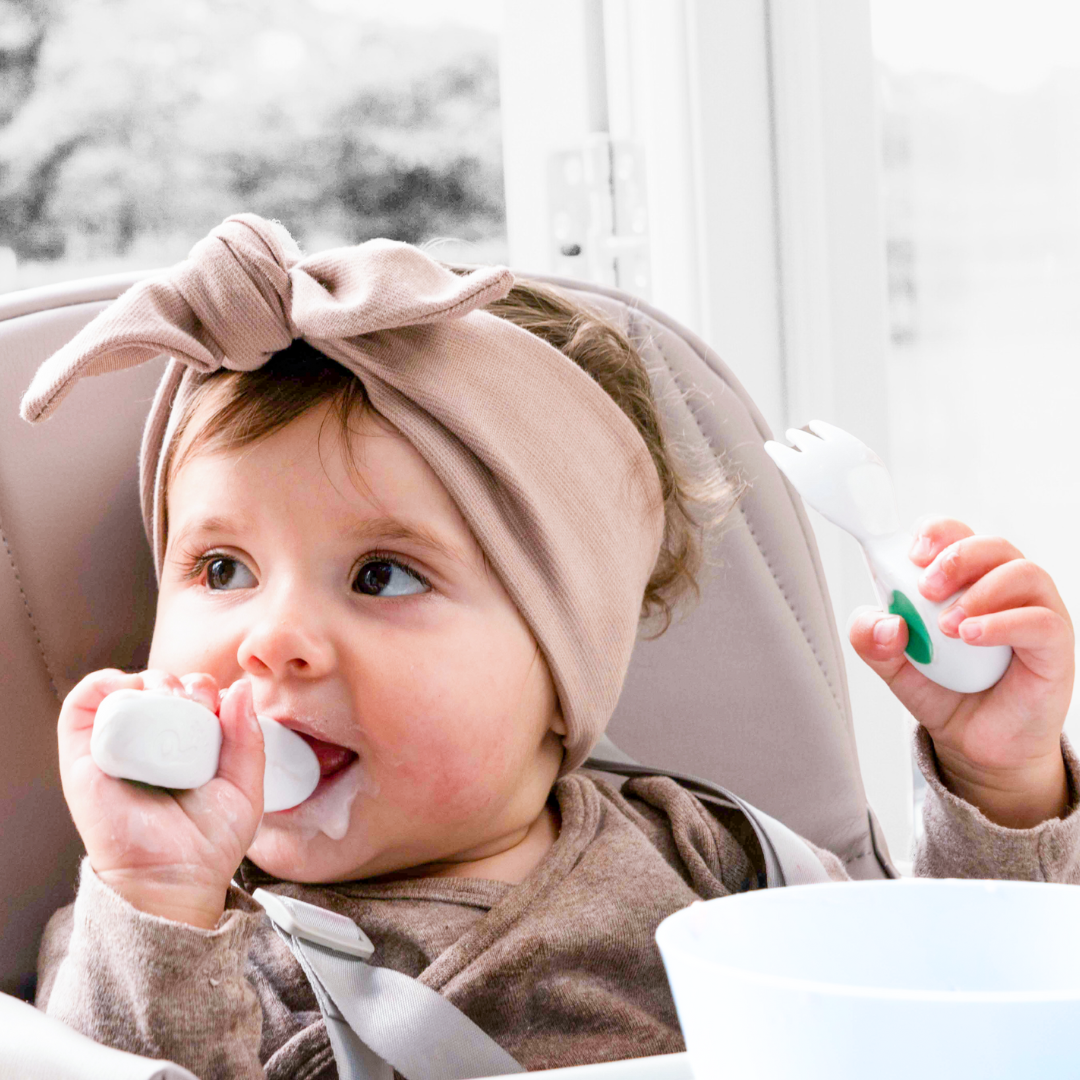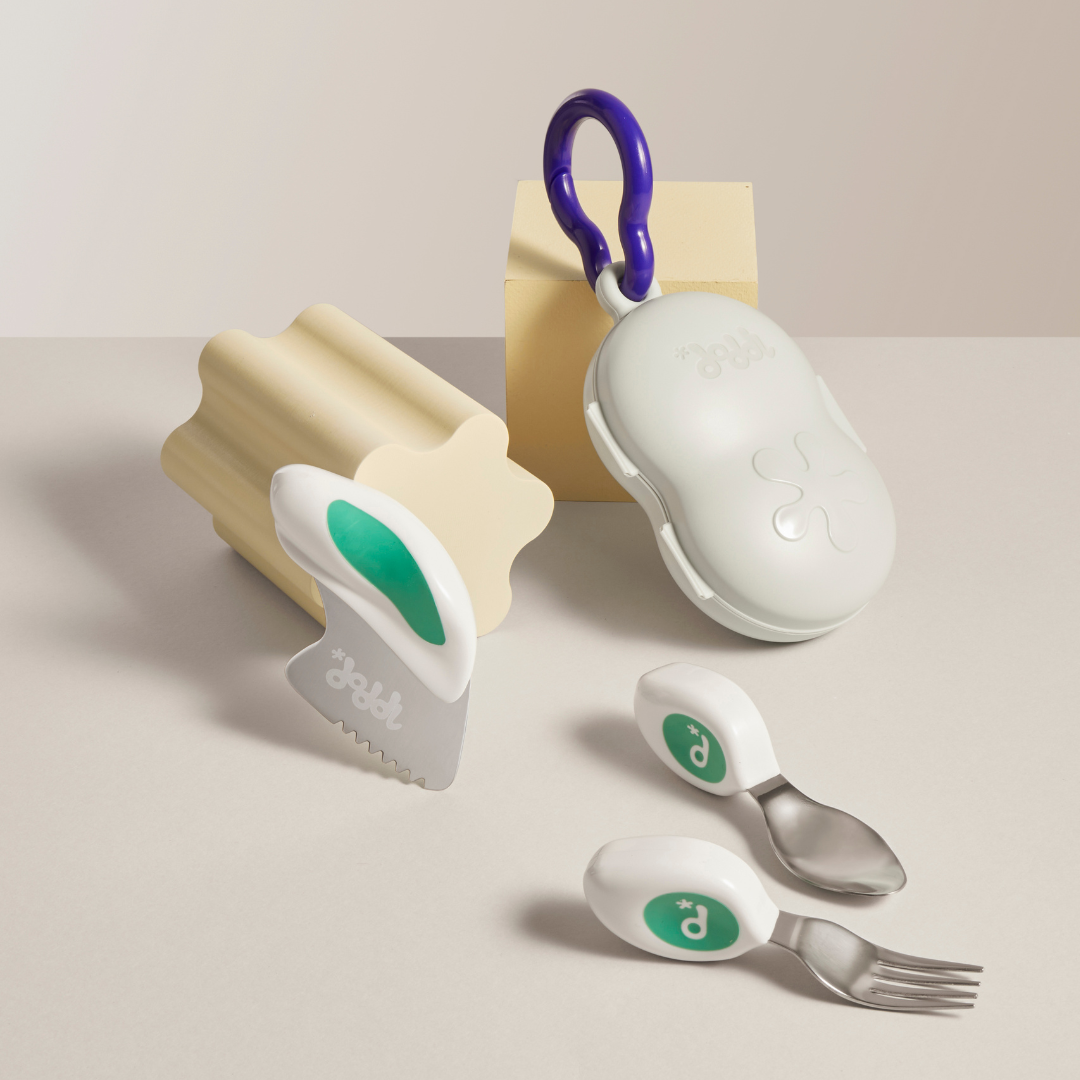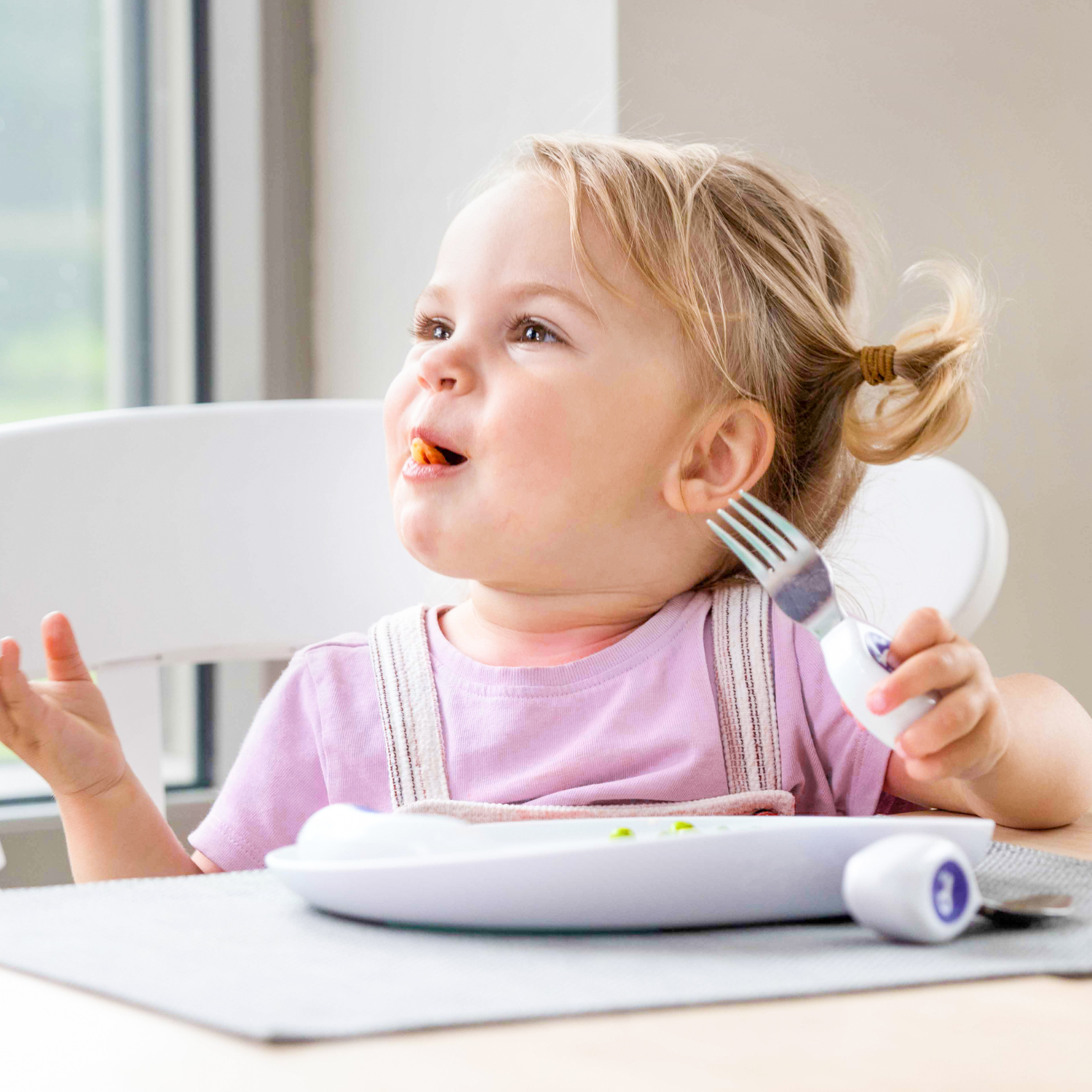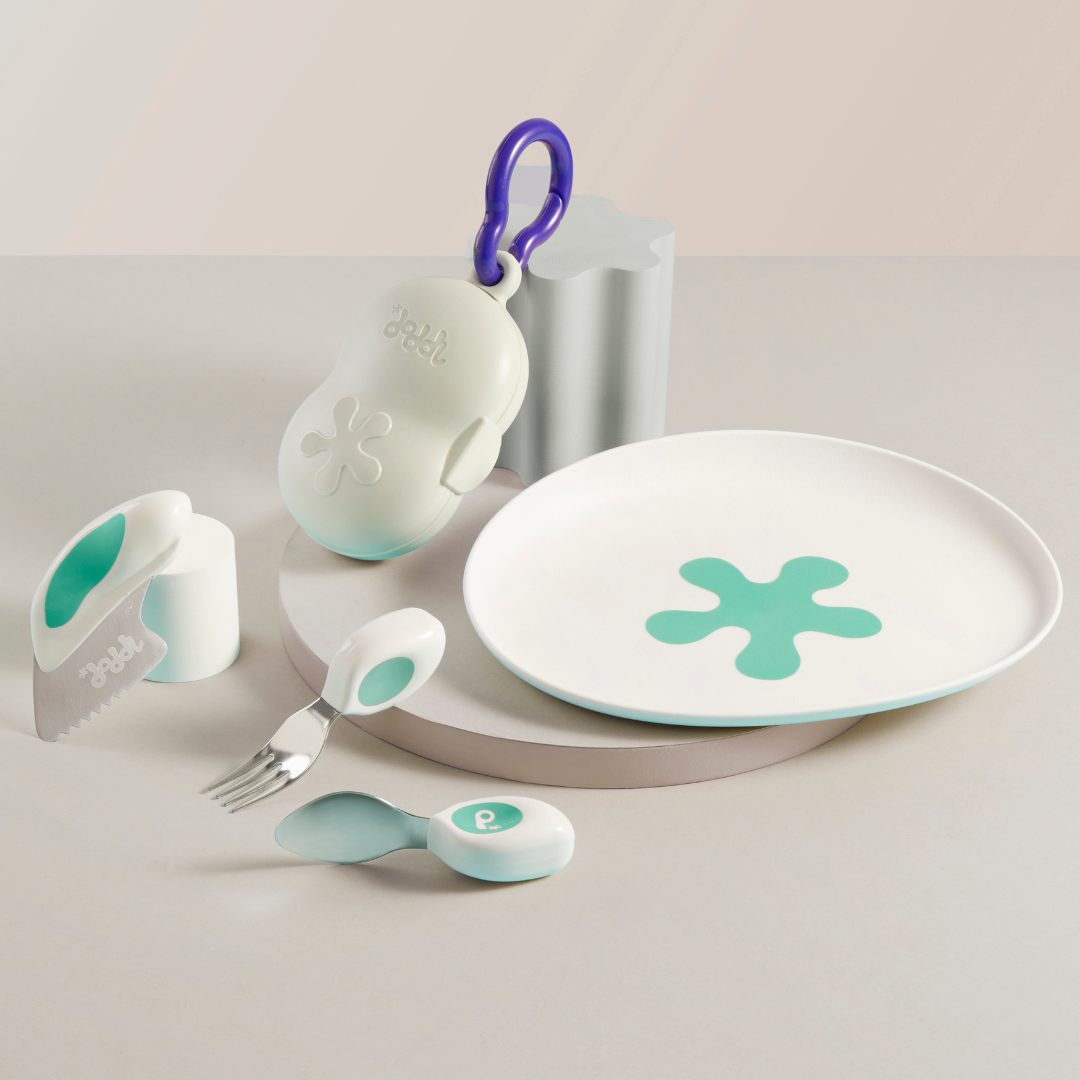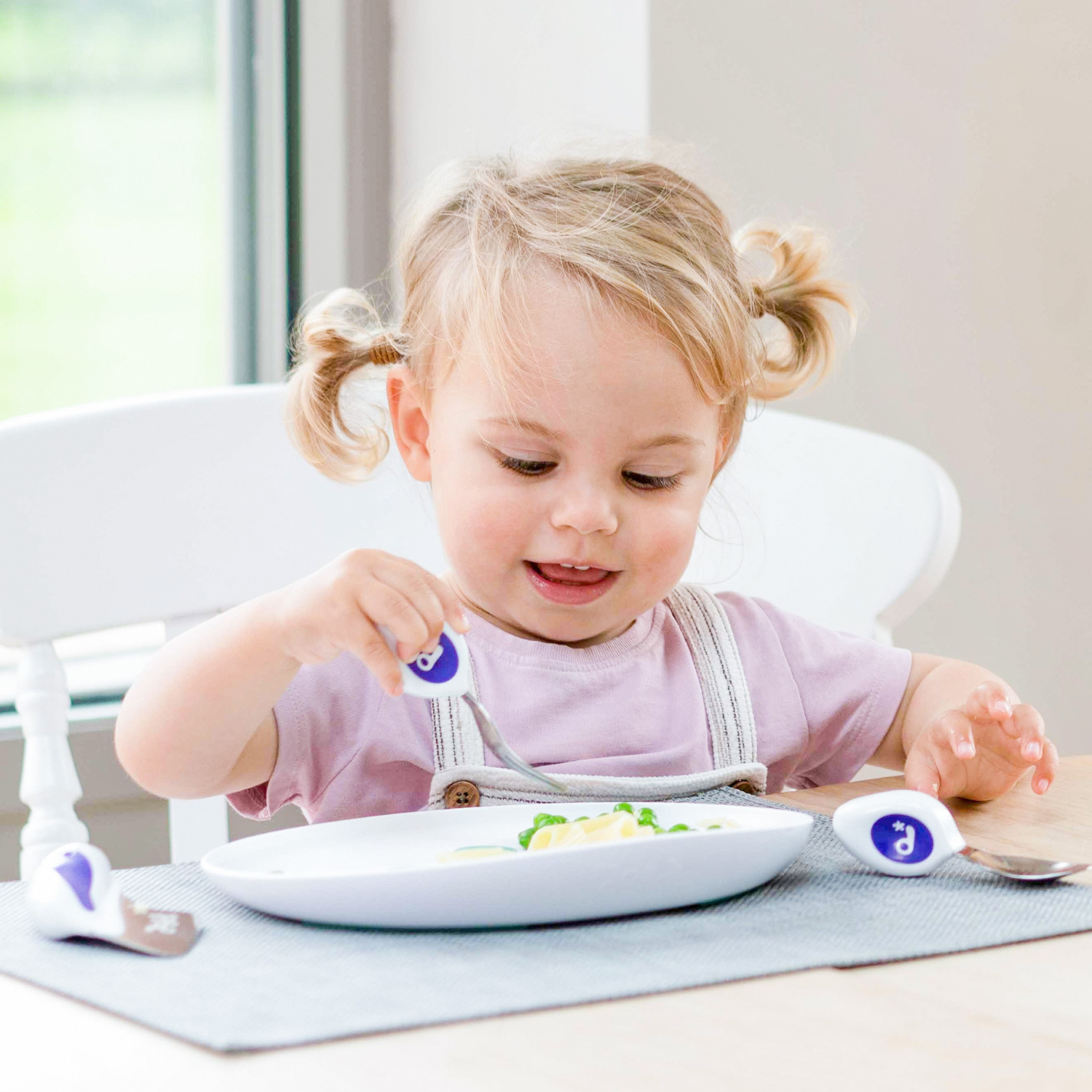
Transitioning from Cot to Bed: When and How
From tiny escape artists mastering cot climbing to wondering about the perfect age for a "big kid bed," the transition from cot to bed can feel overwhelming. This guide helps you recognise when you...

Pros and Cons of Co-Sleeping with your Baby: A Parent's Guide
Co-sleeping sparks passionate debates among parents, with strong advocates on both sides. Whether you're considering sharing sleep space with your baby or already doing so, this balanced guide expl...
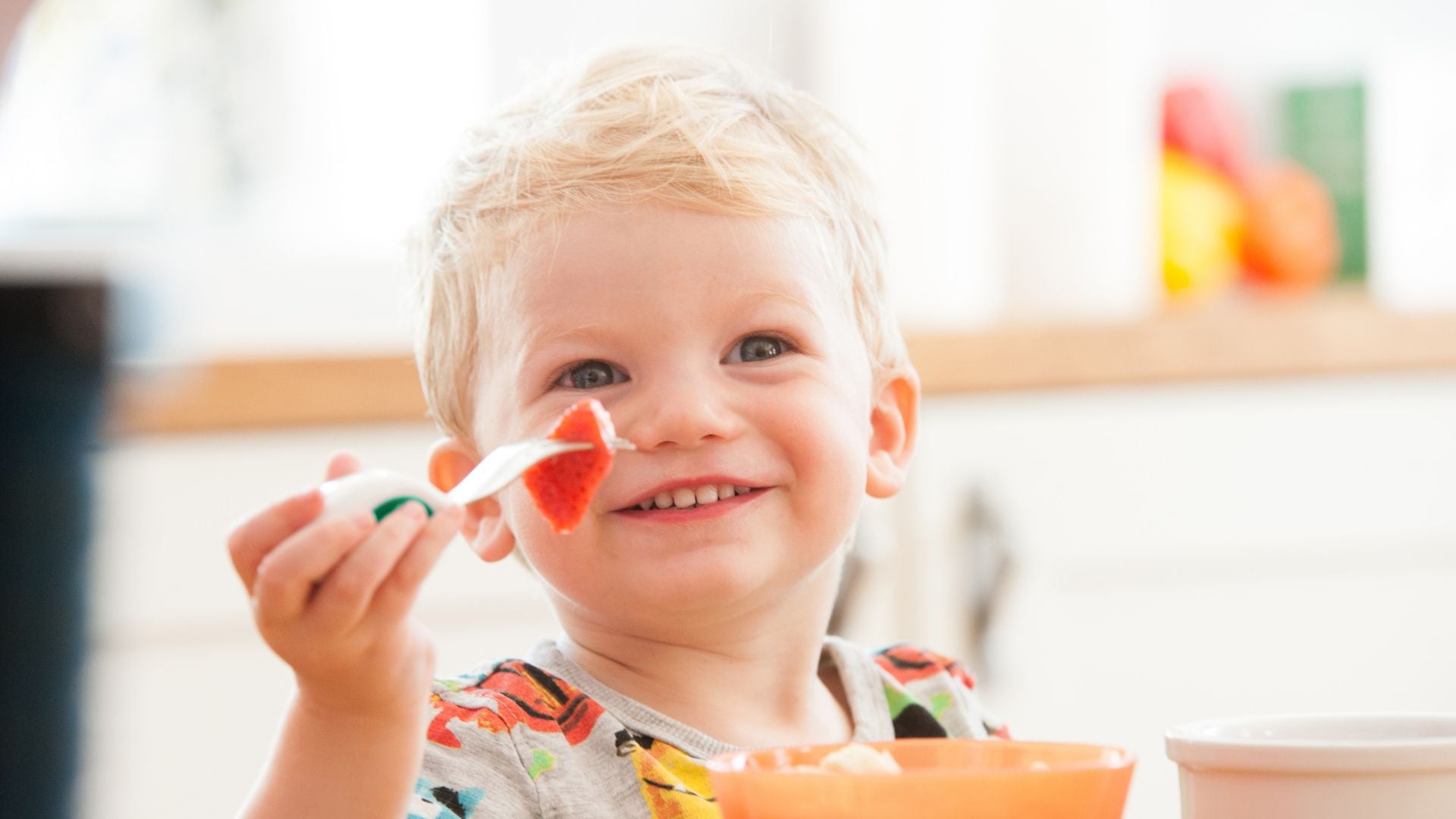
Gut Health in Toddlers: A Comprehensive Guide for Parents
From explosive nappies to mysterious mood swings after meals, understanding your toddler's gut health can feel overwhelming. This comprehensive guide breaks down everything you need to know about s...

Understanding and Supporting Separation Anxiety in Toddlers
Separation anxiety in toddlers can turn even the simplest goodbyes into emotional challenges—for both parents and little ones. In this guide, we’ll explore what separation anxiety really means, why...

What Can Babies Eat When Weaning? A Simple Food Guide for New Parents
Wondering what to feed your baby when starting solids? This in-depth guide walks you through the weaning journey step by step – from first foods and textures to safety tips, sample meal ideas, and ...

What is Baby Weaning? A Simple Guide for New Parents
Weaning is one of those big baby milestones that brings a mix of excitement, curiosity – and maybe a little mess. Whether you’re wondering when to start or what approach to take, this guide breaks ...
